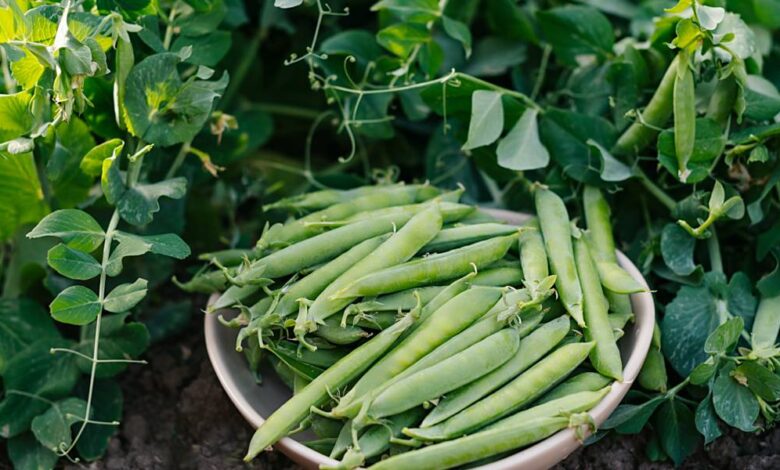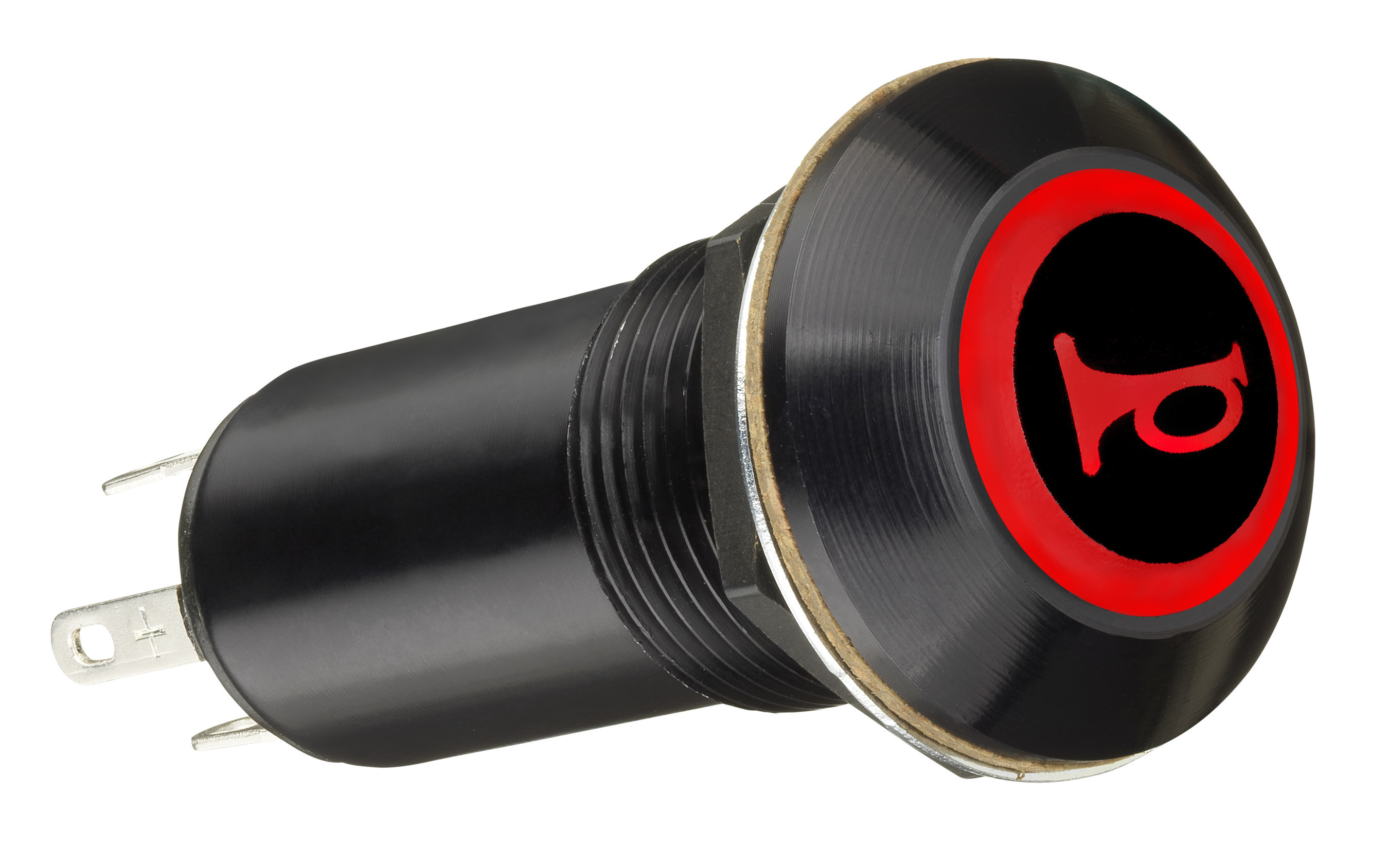5 Tips for Growing Pulses in Your Garden

Pulses, the dried seeds of legumes, are nutritional powerhouses and excellent additions to your home garden. Growing pulses is rewarding and manageable in favorable climates and growing conditions. Use these tips for growing pulses in your garden to cultivate them for a delicious harvest.
1. Choose the Right Pulses for the Climate
The typical climate your area experiences is an influential part of your harvest’s growth and which pulses are best for your garden. If you live in the South, Black-eyed peas, chickpeas, and Southern peas are excellent choices, as they are heat-tolerant and handle the humidity.
Lentils are great for areas frequented by cold fronts, as they grow well in dry weather. Consider factors like growth time and resistance to local pests to ensure a robust harvest.
2. Prepare Your Garden Bed
Proper soil preparation is key to successful pulse cultivation. Most pulses prefer well-drained, fertile soil with a neutral pH.
Make sure the spots you plan to plant the seeds are about 6–8 inches deep, and use compost to enhance soil fertility. If you have clay-heavy soil, add organic material to improve drainage and aeration, making it more suitable for growing pulses.
3. Plant Pulses at the Ideal Time
Timing is everything when it comes to planting; your pulses require the conditions of a certain time of the year. Generally, though it depends on your climate, you should plant pulses in early spring after the last frost, typically around late March to early April.
Planting in the spring ensures maturity before the peak summer heat sets in. For a fall harvest, consider planting again in late summer. Always check the specific pulse variety’s maturity period to time your planting accurately.
4. Provide Proper Care, Watering, and Nutrients
Caring for your pulses involves regular watering, especially during dry spells. Pulses require about an inch of water per week from rainfall or supplemental irrigation. However, be cautious not to overwater, as this leads to root rot.
Fertilize sparingly; pulses fix their nitrogen, so they don’t need much additional fertilizer. A balanced, low-nitrogen formula applied at planting creates balanced conditions for them to grow.
5. Harvesting and Storing Pulses
Pulses are typically ready for harvest when the pods dry and the seeds rattle inside. Expect this maturity by late summer for spring-planted crops.
Cut the plants at ground level to harvest and hang them upside down in a warm, dry place to finish drying. Once fully dry, thresh the pods to collect the seeds. After harvesting, there are many advantages to using polywoven bags for pulses, such as providing breathability and protection from pests. Keep your pulses secure so they won’t spill or become stale from overexposure to air.
Growing pulses in your garden enhances biodiversity and enriches your kitchen table with wholesome, homegrown produce. With these tips, you’ll be well on your way to a fruitful harvest.





